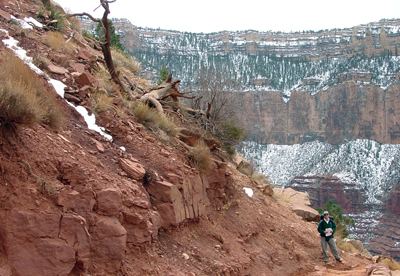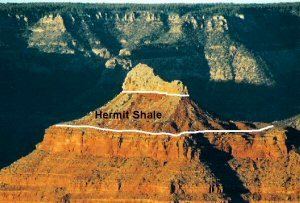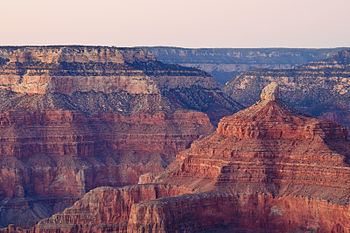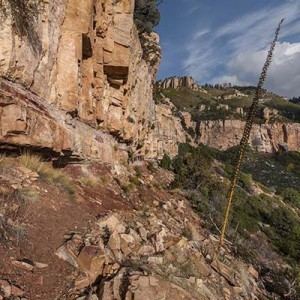Named by Noble (1923) Primary Siltstone, Mudstone | Thickness 274 m | |
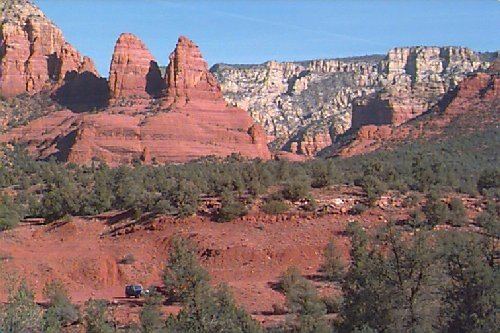 | ||
Named for Hermit basin, Coconino County, Arizona | ||
Hermit formation
The Permian Hermit Formation, also known as the Hermit Shale, is a nonresistant unit that is composed of slope-forming reddish brown siltstone, mudstone, and very fine-grained sandstone. Within the Grand Canyon region, the upper part of the Hermit Formation contains red and white, massive, calcareous sandstone and siltstone beds that exhibit low-angle cross-bedding. Beds of dark red crumbly siltstone fill shallow paleochannels that are quite common in this formation. The siltstone beds often contain poorly preserved plant fossils. The Hermit Formation varies in thickness from about 100 feet (30 m) in the eastern part of the Grand Canyon region to about 900 feet (270 m) in the region of Toroweap and Shivwits Plateaus. In the Sedona, Arizona area, it averages 300 feet (91 m) in thickness. The upper contact of the Hermit Formation is typically sharp and lacks gradation of any kind. The lower contact is a disconformity characterized by a significant amount of erosional relief, including paleovalleys as much as 60 feet (18 m) deep.
Contents
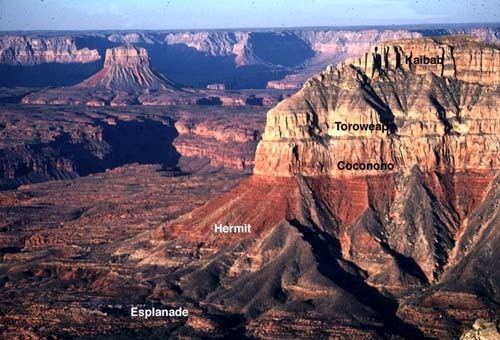
Popular Publications
